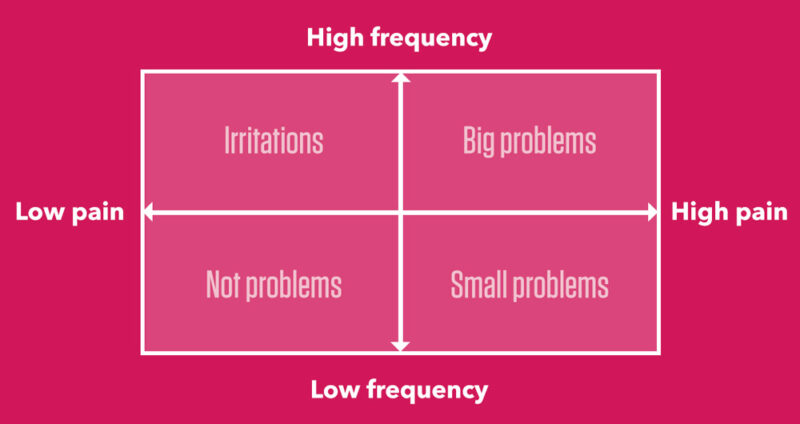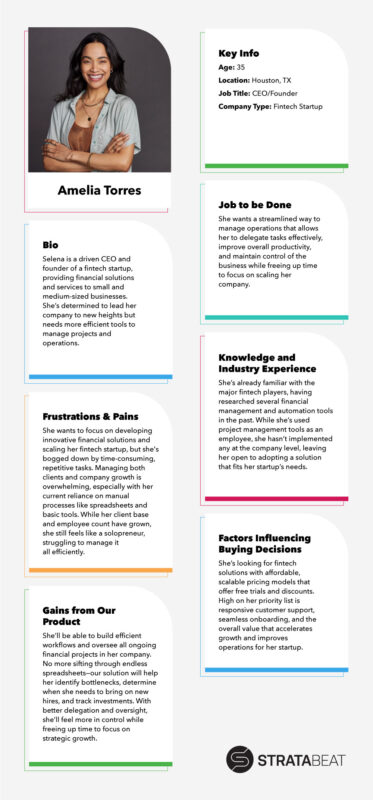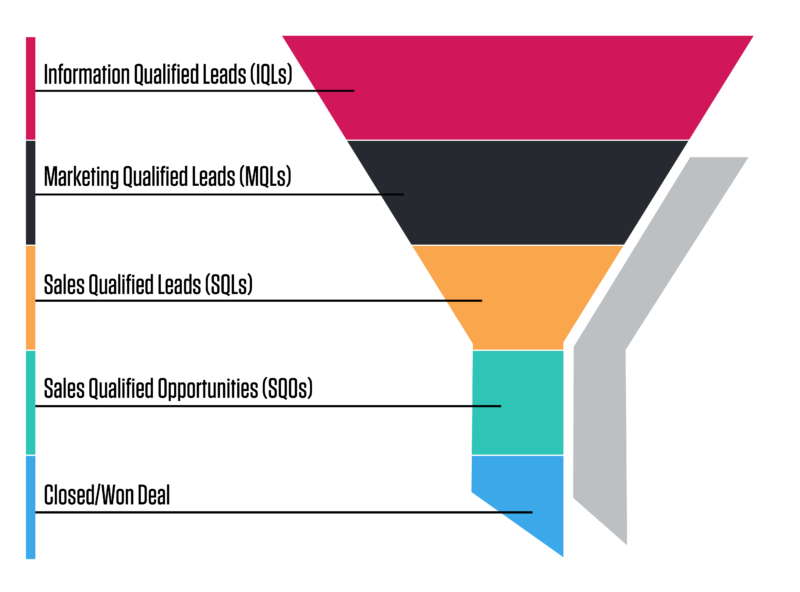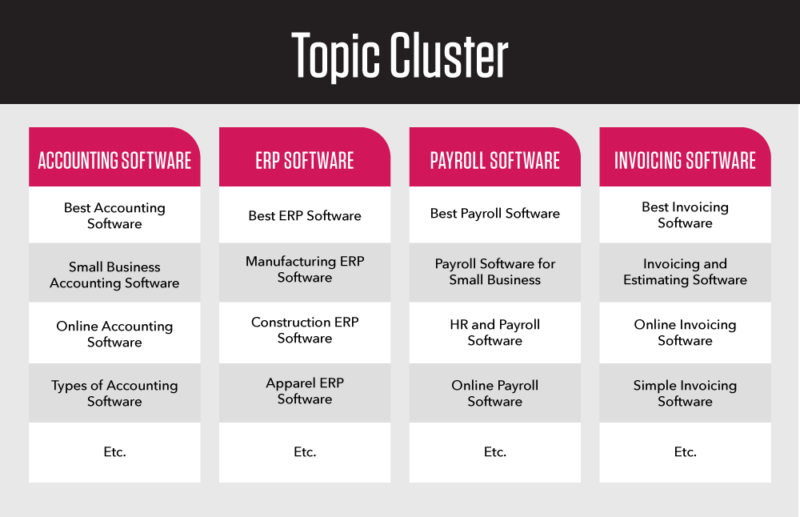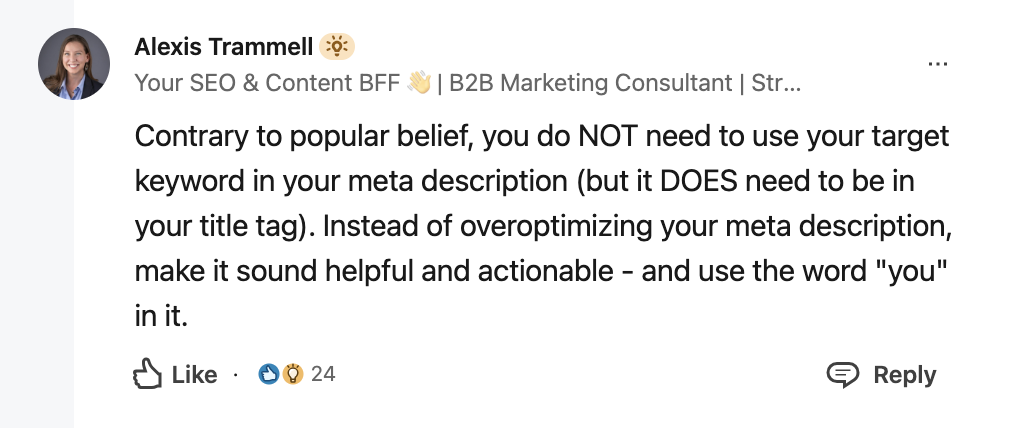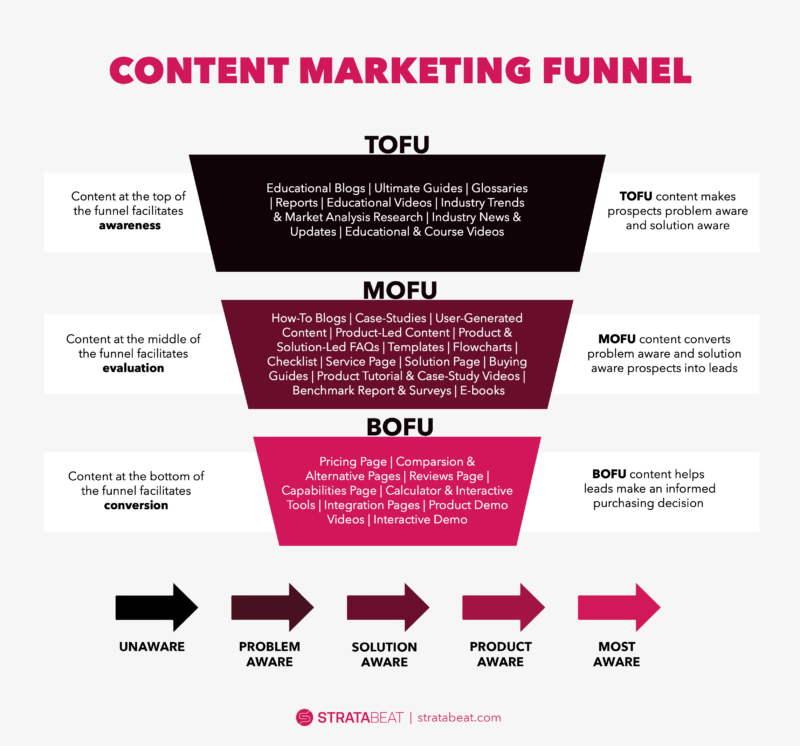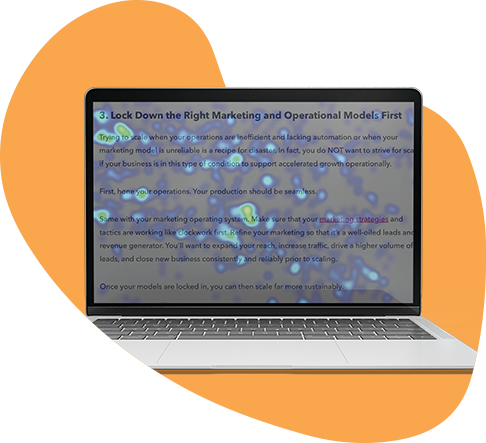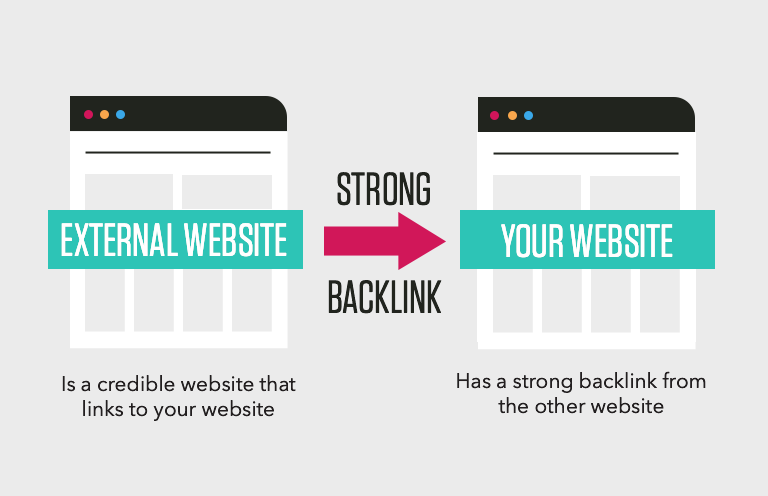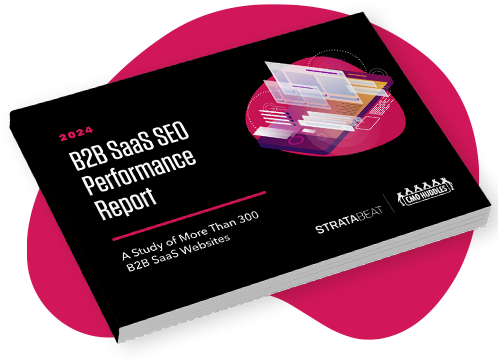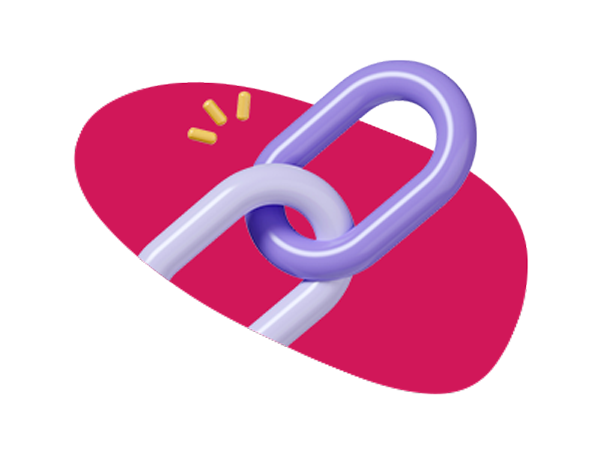The Advanced Guide to B2B SaaS SEO for Lead Gen and Pipeline Growth

Key Takeaways
- SEO is an engine for sustainable B2B SaaS growth.
- It delivers lower CPL than paid media.
- SEO builds consistent organic lead flow for B2B SaaS.
- It acts as a full-funnel channel for MQLs and SQLs.
- Focus on audience pain points to connect SEO with business value.
- AI Overviews require strategic adjustments in SEO.
- GEO optimizes content for AI search.
- There’s a great deal of overlap between effective SEO and GEO.
When you’re talking about B2B SaaS, SEO isn’t just about visibility—it’s the engine that drives traffic, demo requests, free trials, SQLs, pipeline, customer acquisition, and sustainable growth.
Whether you’re looking to expand reach, attract the right audiences, drive conversions, or acquire high-value customers, the right B2B SaaS SEO strategy is pivotal.
In this blueprint, we’ll break down actionable SEO strategies tailored to the unique challenges and opportunities that B2B SaaS businesses face today.
Why SEO is Essential for B2B SaaS Companies
The B2B SaaS SEO Game Has Changed
Quadrupling Fintech SaaS SQLs
Stratabeat overhauled Provenir’s website and fueled major SEO and lead gen increases within one year. See How!Building Strong B2B SaaS Customer Personas
Keyword Research for SaaS: Beyond Basics
Mapping Keywords to Search Intent and Content Types
Building Content Pillars and Topic Clusters
Increasing SaaS Leads by 427% within Seven Months
Stratabeat fueled major SEO improvements for the law firm management SaaS, MyCase. See How!On-page SEO for B2B SaaS
SaaS Content Optimization
Technical SEO for B2B SaaS
Conversion Rate Optimization (CRO) for SaaS SEO Success
Optimizing SaaS Product Pages for SEO
Building Authority Through Thought Leadership and Backlinks
Passive Backlink Building: Earning Links Without Aggressive Outreach
The best approach to SaaS link building involves earning passive backlinks organically by consistently producing high-quality, shareable content. Here are specific tactics SaaS companies can use to facilitate passive backlink acquisition:
- Data-Driven Reports: Regularly publish industry reports or surveys that offer valuable insights. These types of content are often cited by other businesses, journalists, and analysts, driving backlinks without active outreach.
- Free Tools and Resources: Offering free tools, calculators, or templates that solve a problem for your audience encourages other websites to link back to your site as a valuable resource.
- Collaborate with Industry Influencers: Partner with influencers or thought leaders to co-create content such as webinars, interviews, or guest posts. These collaborations can significantly increase your content’s visibility and attract links from reputable sites.
- Content Syndication: Share your high-value content across relevant platforms like Medium or industry-specific publications, increasing the chances of earning organic backlinks.
Thought Leadership as an Authority Building Strategy
Thought leadership and authority building go hand in hand. You become recognized as a go-to source for valuable industry knowledge when you consistently produce high-quality, insightful content. This helps with SEO and strengthens your brand’s reputation, leading to more backlink opportunities. Thought leadership content can take many forms, including:
- Webinars and Live Events: Hosting industry-specific webinars can help build relationships and foster backlinks as attendees often share your content with their networks.
- Whitepapers and eBooks: Develop long-form, in-depth content that dives deep into industry challenges or emerging trends. These resources help establish your brand as an authority and provide valuable linkable assets.
- Guest Posts and Speaking Engagements: Contribute thought leadership articles to prominent industry publications, or participate in speaking events to increase your visibility and attract links.
Combining Link-Building and Thought Leadership
A holistic authority-building strategy integrates both backlink acquisition and thought leadership. Producing valuable, industry-specific content showcasing your expertise will drive organic backlinks and solidify your brand’s position as a leader in your field. These efforts work together to enhance your search engine rankings, boost credibility, and generate sustainable growth for your SaaS company.
SEO KPIs and Measuring Success
Tools for Tracking SEO KPIs
Use these essential marketing and SEO tools to monitor and analyze your SEO performance:
- GA4: Provides detailed insights into organic traffic, user behavior, and conversion rates. It allows you to track key metrics like bounce rate, session duration, and goal completions.
- Google Search Console: Helps you monitor keyword rankings, impressions, and click-through rates (CTR). It’s essential to understand how your site performs in Google search results and spot any indexing issues or other issues that Google is identifying.
- Ahrefs or Semrush: Track site health, organic rankings, page performance, referring domain growth, competitors, and much more with these robust SEO suites.
- CRM: Use your customer relationship management platform (HubSpot, Salesforce, Active Campaign, etc.) to track win-loss information sourced from organic traffic. You can then review the reasons why prospects are purchasing from you or deciding to go in a different direction, gathering invaluable insights, and verifying if the SEO program is delivering high-quality leads.
Using an SEO Scorecard
An online SEO dashboard provides an easy-to-access view of your SEO performance. Your scorecard should include:
- Organic traffic growth
- Search engine rankings
- Impact of AIO
- Traffic from your blog/articles to core pages
- Conversion rates
- MQLs
- SQLs (request a demo, free trial, contact sales, etc.)
Presenting these SEO metrics in a simple, structured format helps keep your team focused on the metrics that matter most for business growth.
